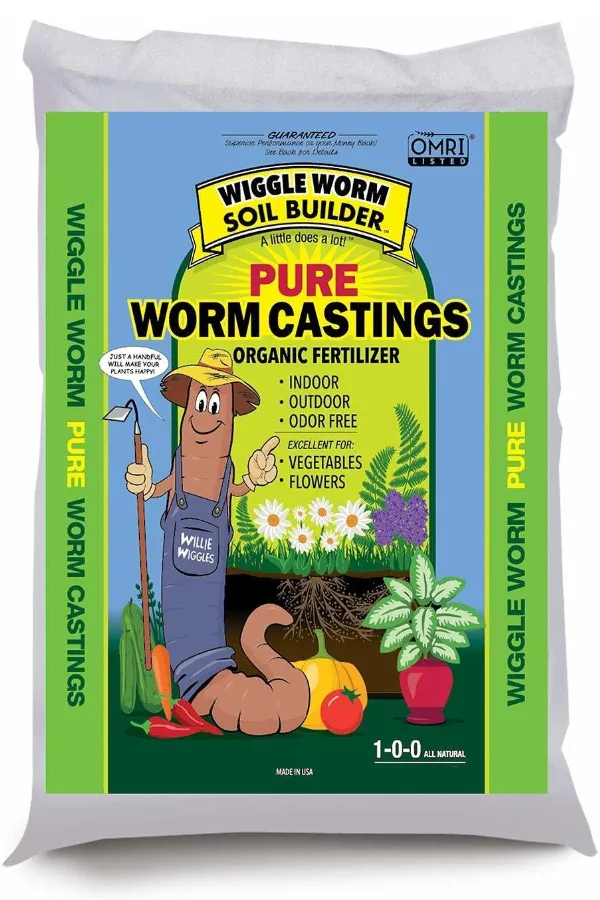Looking for the right way to plant your tomatoes to get them off their best start possible? We have you covered today!
Growing healthy, productive tomato plants that produce a bountiful harvest of deliciously juicy tomatoes all starts with how you put them in the ground on planting day. It really is a simple formula. Start your tomato plants off on the right foot, and good things will follow.
Tomatoes are the most popular vegetable crop of all planted in home gardens. And yet, they also are one of the most misunderstood vegetables when it comes to how to plant and care for them.
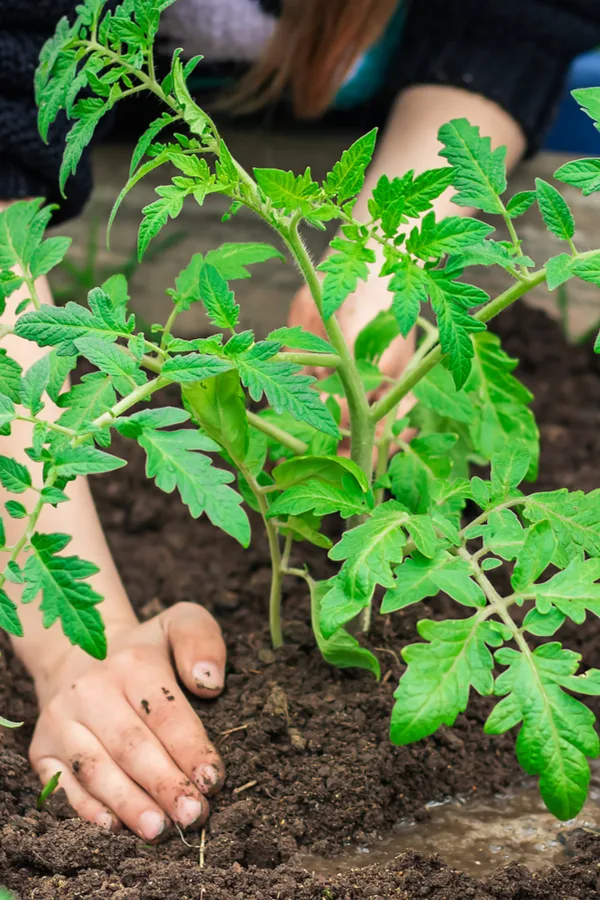
The good news is that having an incredibly successful tomato crop doesn’t have to be a difficult task. Nor does it have to be time consuming. It all comes down to giving them the right space on planting day, and filling that space with the key ingredients and tools they need to grow strong and healthy.
With that in mind, here is a look at 6 simple steps to perform on planting day to get your tomato plants off on the right foot!
How To Plant Tomatoes Right – 6 Simple Steps To Big Success!
Don’t Plant Too Early
One of the biggest mistakes made of all when planting tomatoes is to put them into the garden too early. Tomatoes are a warm weather crop, and they need the soil to be warm right from the beginning. If not, trouble looms.
Cold soil and cool air temperatures will stunt tomato growth. In addition, it can also lead to a whole host of other problems. Issues such as early-season mildew and root rot are all by-products of cold, wet soil.
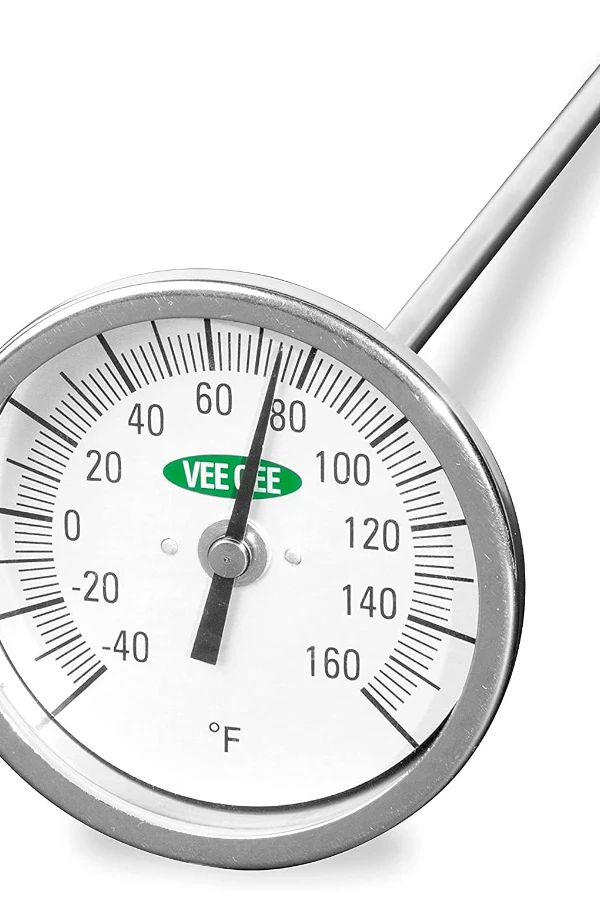
For best growth, wait until your soil temperature has reached at least 60° Fahrenheit. 65°degrees is even better. The key is to not let a few early warm days fool you into planting too early.
Just because you might have a few sunny days where the temperature climbs into the mid-70’s, it doesn’t mean the soil is warm. The best rule of thumb is to wait until you have had a solid week of 70’s in the daytime, and the nightly temperatures are staying in the 50’s.
One of the best and least costly tools (usually under $20) to invest in is a soil thermometer. It can give you an instant read on the soil in seconds, and more importantly, tell you when its time to plant! Product Link : Soil Probe Thermometer
Rotate Your Tomato Plants Each Year – How To Plant Tomatoes Right!
When it comes to preventing disease and giving your tomato plants the best chance of success, rotating your crop from year to year is a must.
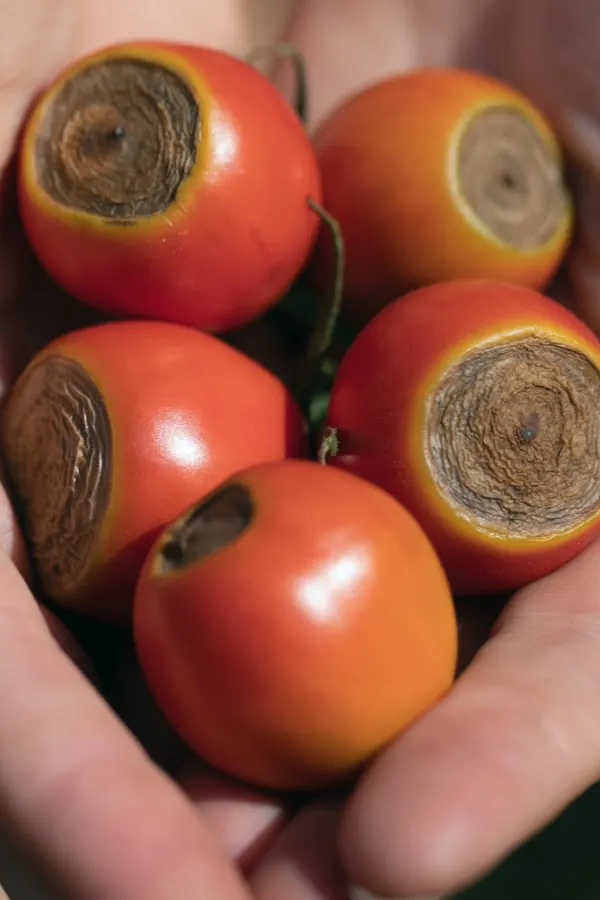
Tomatoes are heavy feeders from the soil. They require large amounts of nitrogen, calcium and other nutrients for good growth. But when they grow in the same space year after year, those nutrients become depleted.
When this happens, your tomato plants can’t get the energy and power they need. That results in less growth, fewer blooms, and ultimately, a smaller harvest.
But there are two other very important reasons to rotate your tomato crop with each new season – to prevent disease and pest damage!
Eliminating Blight
Tomato blight is one of the most devastating tomato diseases of all. By simply rotating your crop each season, you can keep this soil-born disease from finding an easy path to your plants.
Crop rotation also helps prevent blossom rot, which is not a disease, but a calcium deficiency in the soil. A deficiency that become more pronounced if plants keep being planted in the same space. (See : How To Blossom End Rot)

But if all that wasn’t enough to support rotation, there is the subject of garden pests. When you leave your plants in the same space year after year, common pests can establish in the soil and lie in wait to attack.
For best results, move your tomato plants to a new space in the garden every year. In addition, allow at least 3 years to pass before moving them back to a location they were planted in prior. Finally, if you are growing in containers, the soil needs to be changed out every single year.
Put Tomato Supports In Before Planting – How To Plant Tomatoes Right!
Whether using stakes or cages, your tomato supports should always go into the ground before planting. This little tip can help you more than ever when it comes to growing big, healthy tomato plants!
Putting supports in after planting disrupts the roots of plants. And when it comes to tomatoes, that can cause big problems.
Driving stakes or cages into the soil can damage tender roots. And in the process, heavy foot traffic when putting in supports later also compacts the plant’s root zone.
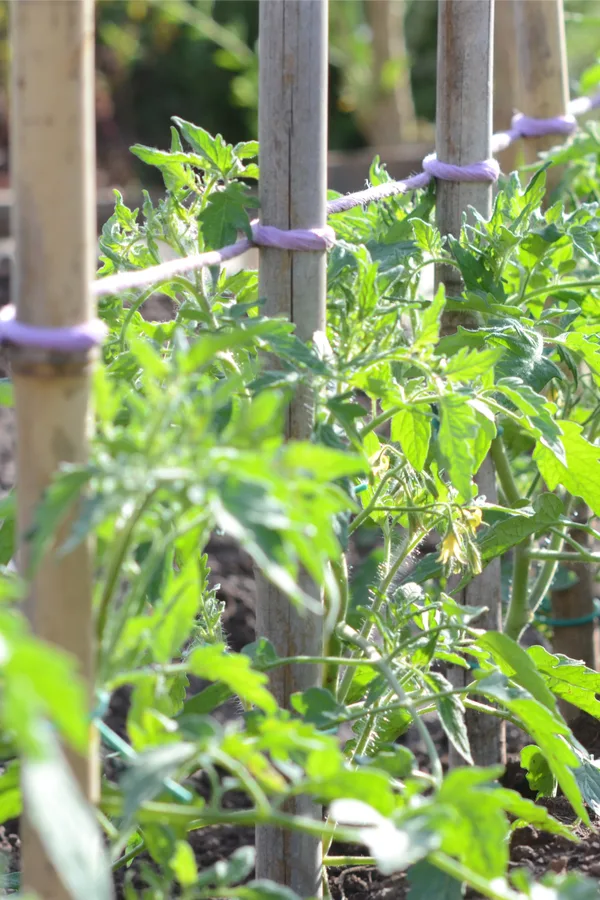
Unfortunately, compacting the soil causes two serious plant issues. First, as the roots are trampled and compressed, they have trouble expanding and growing. In addition, when the soil compacts around them tightly, they struggle to take in nutrients from the soil.
At any point of the growing season, always remember, the less you step near the root zone of any vegetable plant, the better it will perform.
Plant Your Tomatoes Deep – How To Plant Tomatoes Right!
The more roots a tomato plant grows under the soil, the healthier and more resilient it will be. Roots are the mouths of a plant – taking in food, water and air to power the tomato plant to strong growth.
By planting transplants deep, the fuzzy hairs on the stems of plants reach out to grow additional roots. As a general rule of thumb, plant your transplant so that 2/3rd’s of the plant is buried.
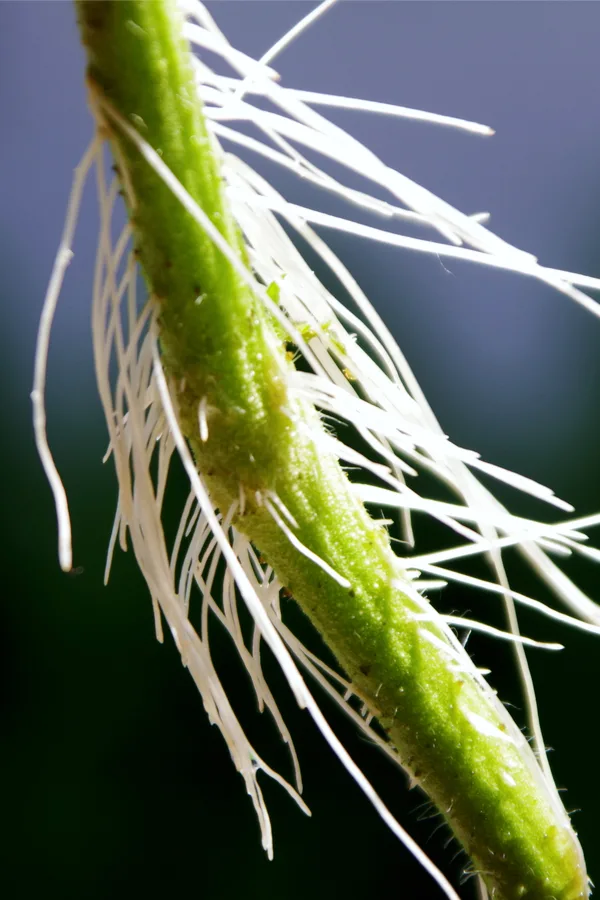
Snip off any large stems that will be buried before planting. If there are small leaves that don’t interfere in the hole, you can leave them attached. All of the little hairs on the main stem will begin to grow roots once under the soil.
Finally, if the transplant’s roots within the soil block are tangled and compacted, gently break them apart before planting. This allows the roots to expand quickly into the soil after planting.
Power Your Planting Holes – How To Plant Tomatoes Right!
Now that you have dug a deep hole to plant your tomatoes, its time to pack it full of nutrients. As mentioned before, tomatoes are heavy feeders. Therefore, it is important to give them plenty of nutrients as soon as they go into the soil.
Start with a generous feeding of compost in the planting hole. For maximum growth, mix a 50/50 ratio of compost and soil back into the planting hole.
While you are planting, mix in a few crushed egg shells, a quarter cup of worm castings, as well as a quarter cup of coffee grounds to each planting hole too.
All of these materials are incredible for tomatoes. They set the stage for your plants to have the nutrients they need right away. The compost helps retain moisture and build soil health. The egg shells, meanwhile, add valuable calcium as they break down.
And the worm castings and coffee grounds? They are both incredible sources of slow-release nitrogen and micro nutrients for plants. Product Link : Product Link : 100% Worm Castings
Mulch Your Plants For Success! – How To Plant Tomatoes Right!
Mulching your plants is one of the best ways to provide a comfortable home for your tomato plants for the entire growing season.
Mulching helps to keep out competing weeds. Weeds that steal the same nutrients your tomato plants need for strong growth. Mulch also keeps dirt from splashing up on plants. Dirt that contain spores that can carry tomato blight.
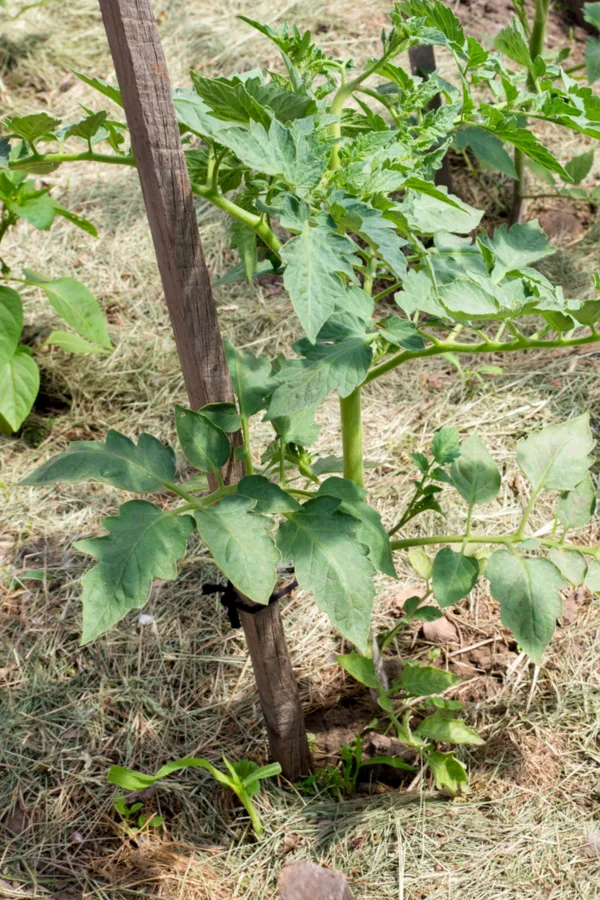
But even more, mulching insulates and regulates soil temperature for tomato plants. It keeps the soil warmer in the late spring and early summer on cool nights. And it also keeps it cooler when the hot summer sun beats down on your plants by mid-August.
Use a thick four inch mulching of loose straw, grass clippings or shredded leaves around your plants. Mulch as soon as you plant as long as the soil has warmed. It will go a long way in helping to keep the garden tidy, and your plants producing!
There you have it – the six simple keys to planting your tomatoes right! Here is to planting your tomatoes for success this year, and to your best harvest ever.
Follow Our Facebook Page For Great Gardening Tips And Advice! This Is My Garden Facebook Page
This Is My Garden is a garden website created by gardeners, for gardeners. Jim and Mary Competti have been writing gardening, DIY and recipe articles and books and speaking for over 15 years from their 46 acre Ohio farm. They publish three articles every week, 52 weeks a year. Sign up today to follow via email, or follow along!


